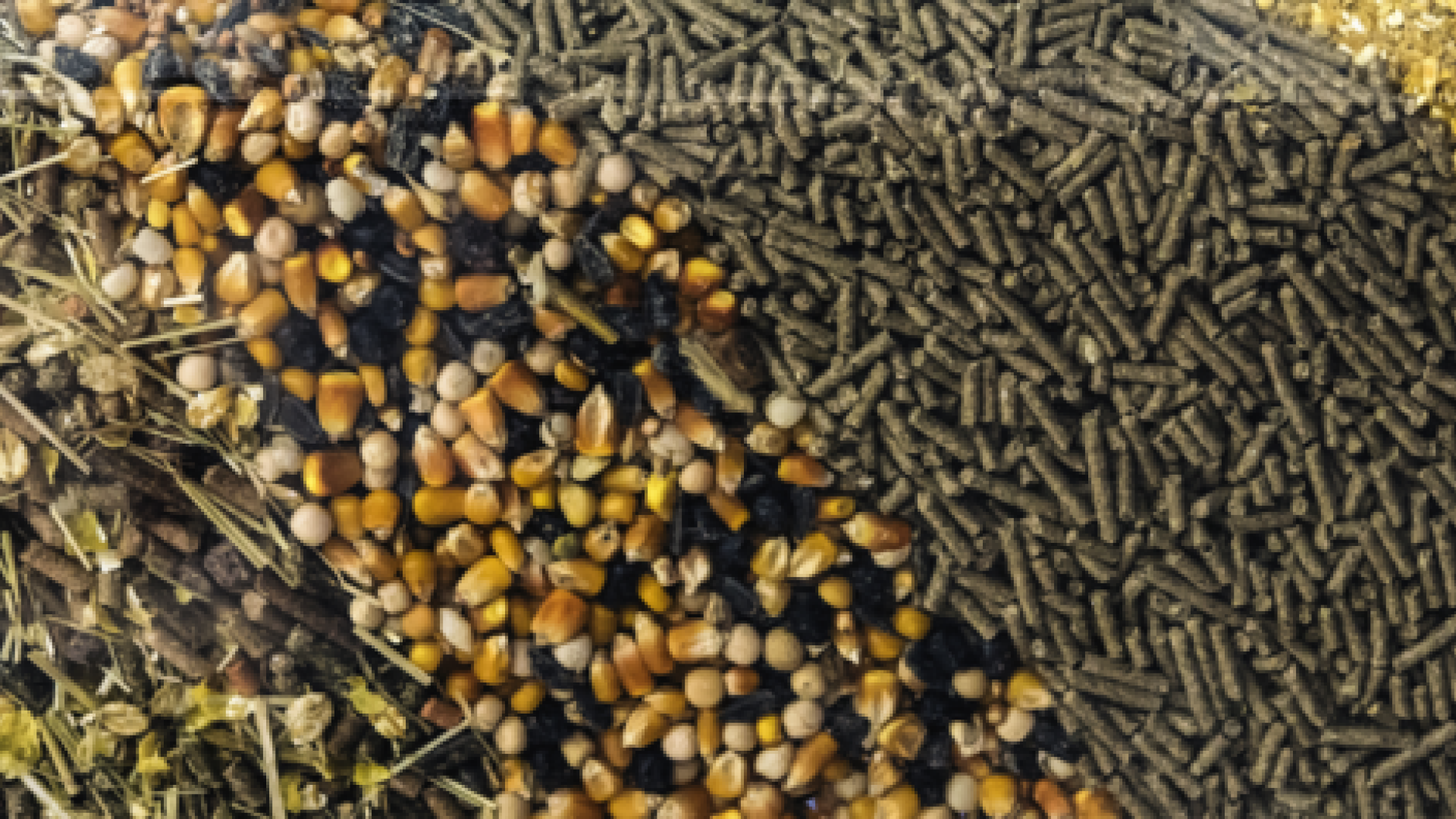Compound feed production falls across Europe, with more to come

EU production of compound feed for farmed animals in the 27 Member States is estimated at 148.9 million tonnes – a fall of 3.8% compared to 2021 figures, according to data published by the European Feed Manufacturers’ Association (FEFAC). Production fell for all feed sectors, but most significantly for pigs (-6.7%) and poultry (-3.2%) due to the spread of African Swine Fever (ASF) and Avian Influenza. Pig feed production fell by 3 million tonnes compared to 2021, with many Member States, including Denmark, Spain, France, Hungary, Portugal and Romania, recording a decrease of more than 5%. Smaller farms closed down due to the deteriorating economic situation and farm profitability. Pork exporting countries increased their production as China continued to recover from ASF and reduced its pork import volumes. ASF continued to play a role in Germany and Romania, affecting economic efficiency. Poultry feed production fell by 2 million tonnes, with several countries, including Bulgaria, France, Hungary, Italy and Portugal, severely affected by avian influenza. Some farms skipped cycles due to escalating costs, further impacting feed demand. FEFAC reported that cattle feed production fell by 0.5 million tonnes compared to the previous year. This was partly due to the amount of additional feed purchased in 2021 due to the severe drought. The Russian invasion of Ukraine and the resulting energy crisis in the EU had a significant impact on the EU economy and inflation, leading to reduced demand for animal products and therefore compound feed. Only 5 Member States, including Poland, Slovakia and Austria, managed to slightly increase or stabilise their feed production. Looking ahead, the European Commission’s forecasts suggest that compound feed production is expected to fall for all species except poultry this year. Uncertainty over feed and fertiliser prices and inflation will continue to affect the feed market. FEFAC market experts estimate that compound feed production will continue to decline by 1.5% to a level of 146.8 million tonnes.